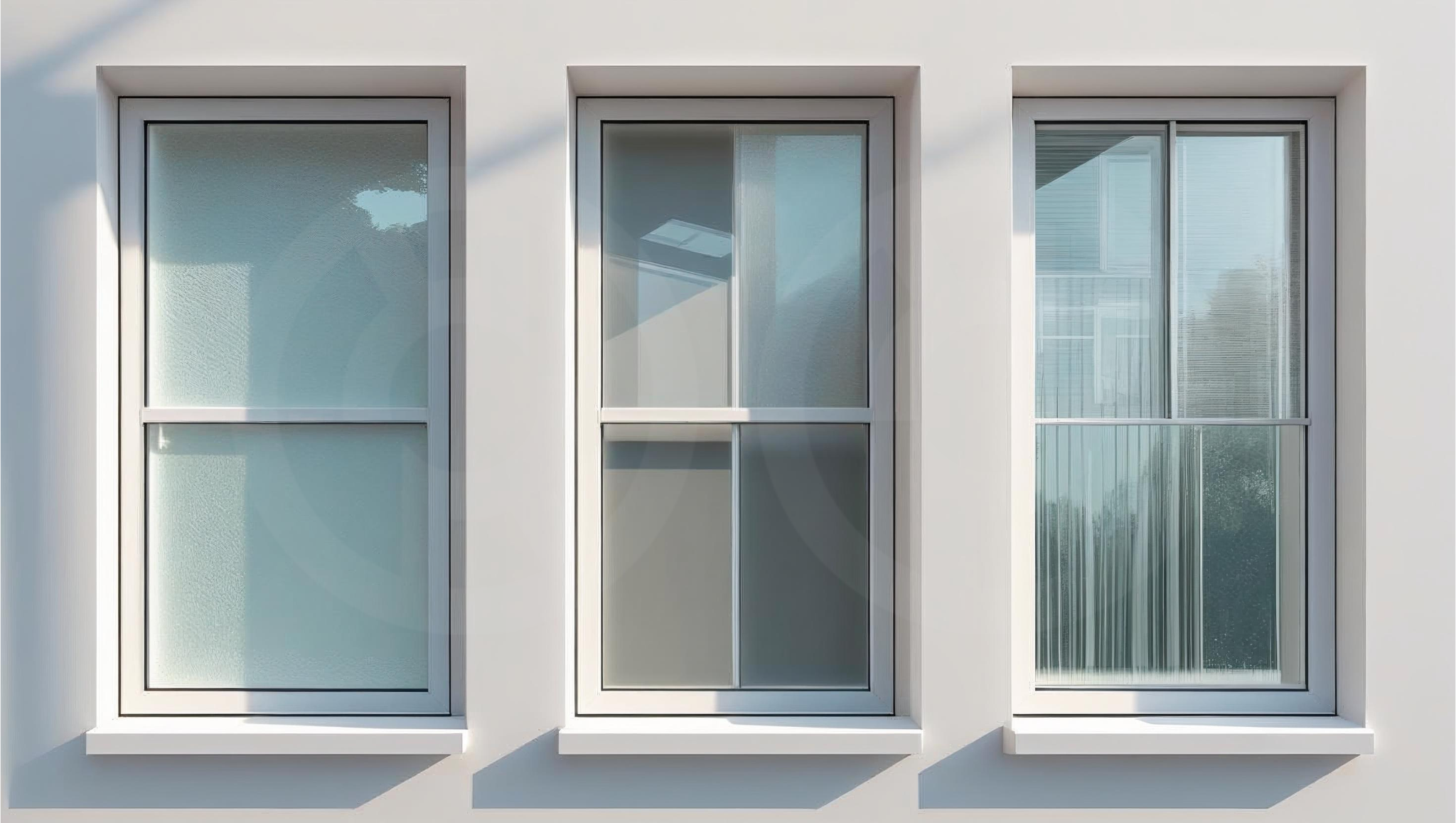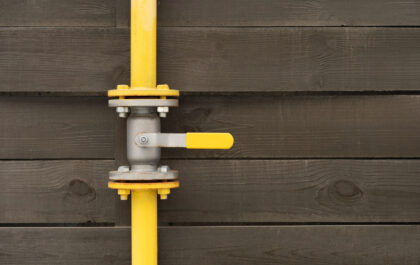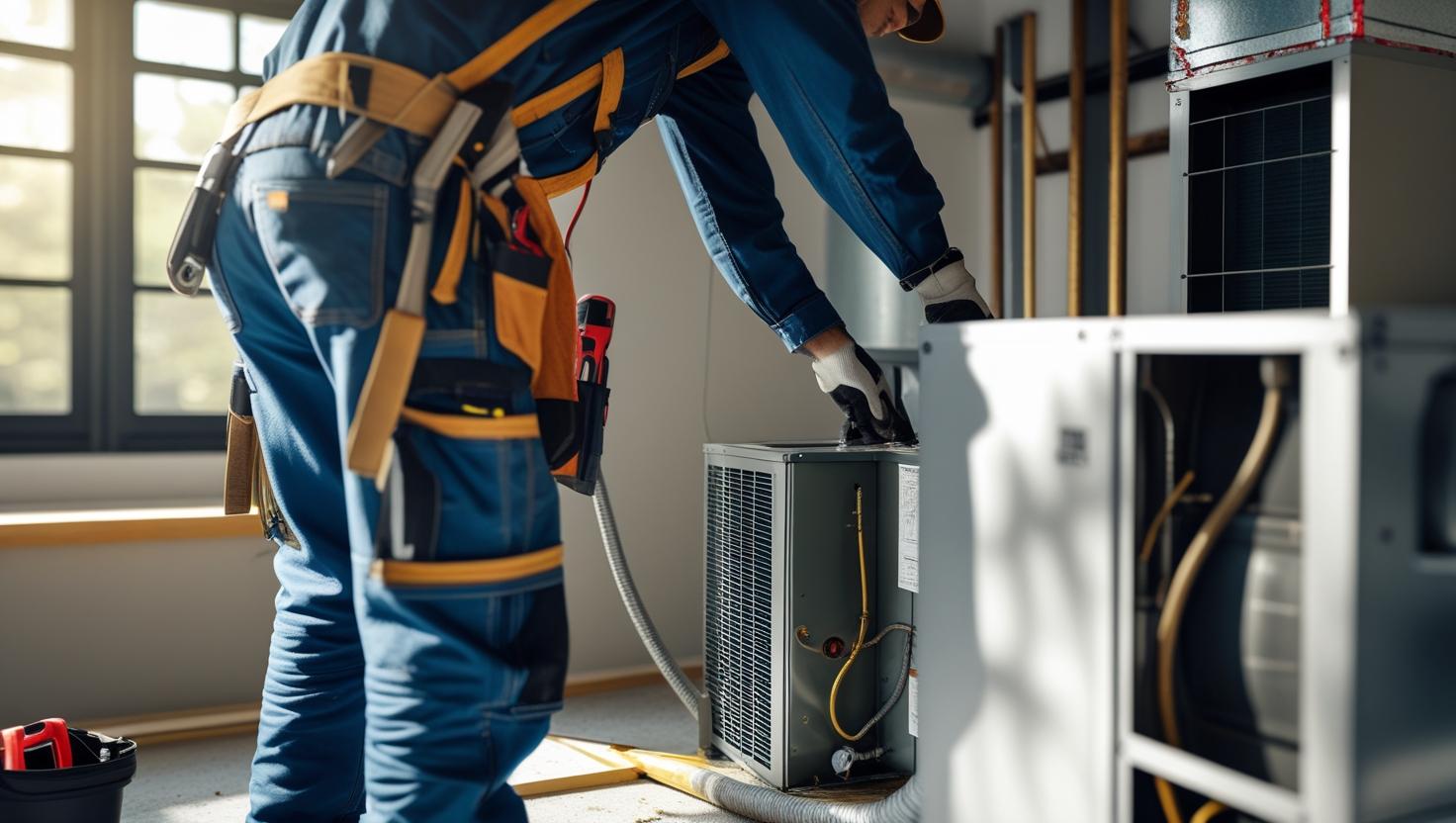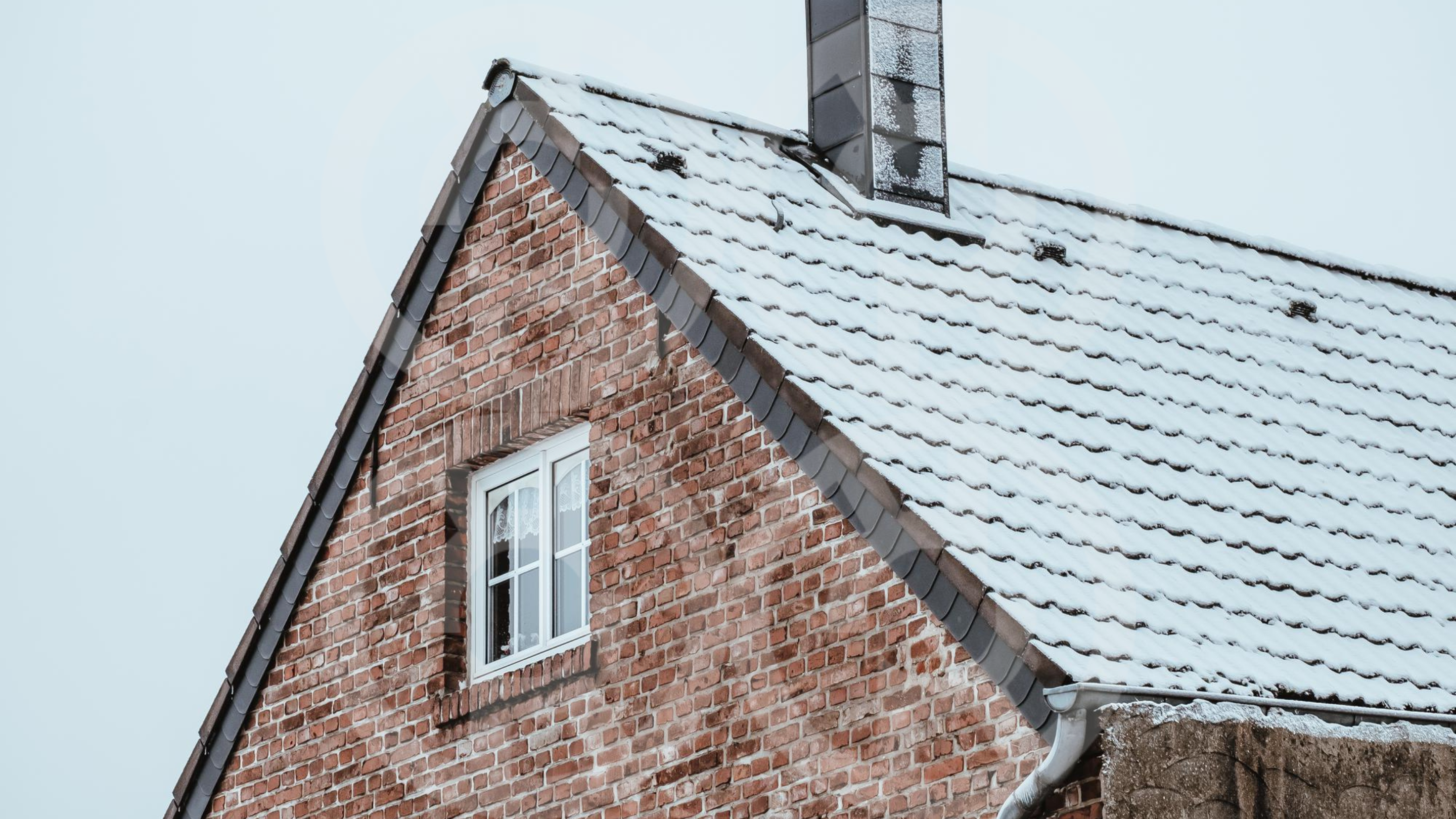Shopping for home window glass might seem straightforward, but it involves making critical decisions about comfort, style, and energy efficiency. At Ready Remodel, we frequently encounter homeowners unaware of precisely how many types of glass exist, and which ones are best suited for their specific needs. Let’s unravel different window glass types, prices, and what to consider when making your selection.
Understanding Window Glazing Options
Glazing is a term you’ll hear often when exploring home windows glass options. Essentially, it describes the number of glass panes in a window setup. The three basic choices are:
- Single-glazed windows. A single pane is generally not recommended for main living spaces due to minimal insulation.
- Double-glazed windows. This common choice offers significantly improved insulation compared to single glazing.
- Triple-glazed windows. Preferred in colder climates, these windows provide maximum insulation and energy efficiency.
Most homeowners opt for double or triple glazing when buying glass for windows. If you’re located in a region with harsh winters, like some parts of New England, triple glazing might be a smart investment. But consider your budget as well—triple glazing is typically pricier than double.
Choosing Gas Filling for Window Panes
The spaces between glass panes aren’t left empty. Gas fills are used for enhanced insulation. Your options here mostly include air, argon, krypton, and xenon:
- Air: The least expensive solution, suitable primarily where insulation isn’t crucial.
- Argon: A cost-effective choice offering great insulation, popular among homeowners.
- Krypton: Slightly more efficient than argon but pricier—often featured in triple-paned windows.
- Xenon: The premium choice with superior insulation but highest in cost and least common.
One homeowner from Chicago mentioned that replacing older air-filled double-paned windows with argon-filled ones noticeably reduced the draftiness and lowered heating bills during chilly winters.
The Strength of Glass for Home Windows
When it comes to choosing window glass for home, safety, and durability should always be central. The four basic types of glass for strength include:
- Annealed Glass: Basic and economical, but breaks into large, sharp pieces.
- Heat-Strengthened Glass: Twice as robust as annealed glass, more resistant to thermal stress.
- Tempered Glass: Known as safety glass, it breaks into small blunt pieces, perfect for windows in high-impact areas.
- Laminated Glass: The strongest type, holds together even if shattered, ideal for hurricane and security-prone environments.
Interestingly, one family shared an experience where laminated glass prevented potential intruders from accessing their home, strongly advocating its installation for ground-floor and easily accessible windows.
Window Glass Types and Prices
Now let’s look briefly at typical house window glass costs. Prices vary widely according to type, filling, glass coating, and strength:
- Single-glazed windows: $50 to $150 each;
- Double-glazed windows: averaging from $600 to over $1,200;
- Triple-glazed windows: range anywhere from $700 to $1,500 per window.
Don’t forget—advanced options like Low-E coating or privacy enhancements (frosted, mirrored, etched glass) can add anywhere from $200 to $600 to the cost of each window.
Glass Ratings: What to Know
Understanding window glass ratings helps ensure you get high-quality, effective products for your home windows. Here are factors to pay special attention to on the NFRC label:
- U-Factor: Measures heat insulation; lower numbers indicate better performance.
- Solar Heat Gain Coefficient (SHGC): Indicates how well your glass blocks unwanted heat; again, lower numbers are better.
- Condensation Resistance: Gauges how effectively a window prevents condensation; higher ratings mean less moisture accumulation.
- Visible Transmittance: Reflects how much natural light passes; higher values mean brighter interiors.
An important tip: always look closely at these ratings before committing to buying glass for windows. An associate recently confessed he’s surprised by how many homeowners overlook these numbers, only to discover later that their new windows evaporated their expected energy savings!
Advantages of Investing in Low-E Glass
One upgrade worth considering is Low-emissivity (Low-E) glass. Applied as a thin, transparent coating, Low-E helps control heat transfer and offers benefits like:
- Reducing harmful UV rays.
- Preventing interiors from fading.
- Lowering heating and cooling bills.
Example in action: a customer in sunny Arizona shared how their new Low-E-coated windows dramatically reduced room temperatures without extra use of air conditioning. Such testimonies underline why this coating is trending in popularity.
Privacy Glass for Added Comfort
Privacy glass, another appealing option, provides visual comfort while safeguarding your privacy. Options include:
- Frosted glass for bathrooms or street-facing windows;
- Mirrored glass ideal for urban settings;
- Custom-etched patterns introducing elegance and style.
If these solutions don’t resonate, smart glass alternatives, adjustable at the push of a button, are the growing trend in windows glass types for modern homes.
How to Choose Your Glass
Here’s a straightforward step-by-step plan when buying window glass for your home:
- Choose double or triple-pane glazing based on local weather patterns.
- Select appropriate gas or air fill matching your energy efficiency needs and budget.
- Decide on the right strength glass for safety and security.
- Consider additional treatments: Low-E coatings, privacy glass or custom finishes.
- Carefully assess window ratings to maximize quality and value.
At Ready Remodel, we encourage getting estimates from three to four local contractors. This provides you with pricing context, ensuring you make an educated decision that fits your home renovation plans effectively.
Feeling ready to upgrade or need more personal guidance? Connect with one of our experienced professionals today, and make your window glass decisions a breeze.




